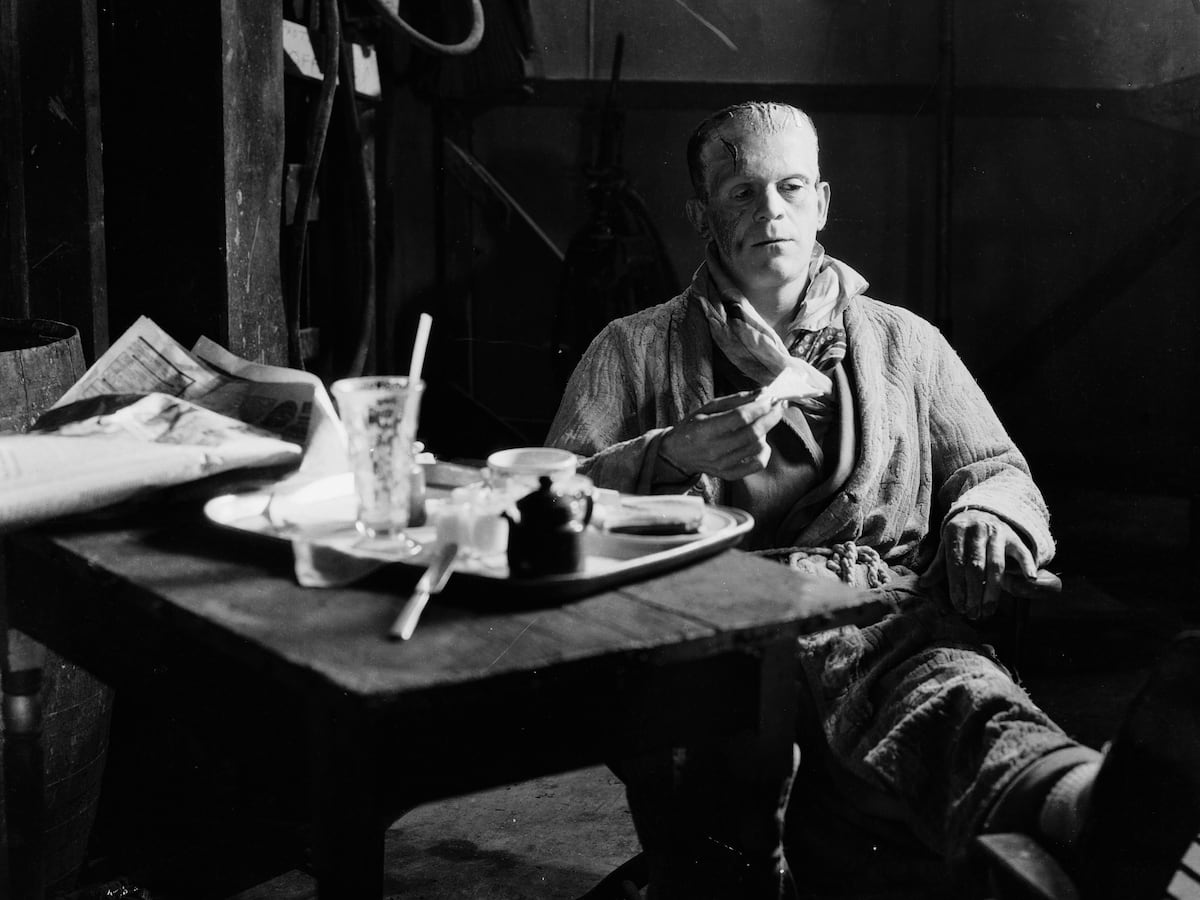
"We all remember the creature's terrifying features, especially those that have permeated popular culture thanks to numerous films and comics: the scarred face, the bolts in its neck, the clumsy movements. But the monster's compassion for animals is rarely mentioned. Nor is it a fact usually mentioned when discussing Mary Shelley, who was a proponent of vegetarianism, as was her husband, the poet Percy Bysshe Shelley."
"My food is not that of man; I do not destroy the lamb and the kid to glut my appetite; acorns and berries afford me sufficient nourishment. Those who think vegetarianism and veganism are nothing more than modern trends might be surprised to discover that these words which could well have been uttered today by someone who has decided to eliminate meat from their diet are more than two-centuries-old."
Frankenstein's creature consistently rejects eating animals, surviving on fruits, berries, acorns, bread, and cheese when hungry. Vegetarian practices appeared in the early nineteenth century and predate modern vegan trends. Popular culture and film adaptations emphasize the creature's physical monstrosity while often omitting its compassion for animals and dietary restraint. Contemporaries of the period adopted meat-free diets and publicly promoted natural, plant-based nutrition. In narrative scenes the creature expresses hunger and thirst and its food choices are described in detail. The creature's dietary aversion to consuming animals constitutes a notable aspect of its characterization.
Read at english.elpais.com
Unable to calculate read time
Collection
[
|
...
]